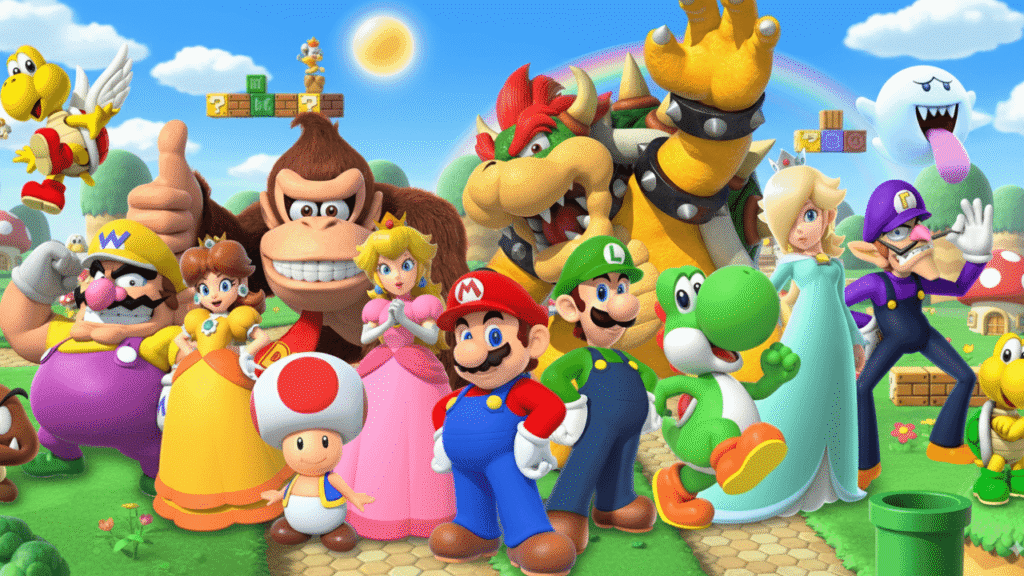The latest news around Nintendo patents has sparked lively debate in the gaming world. A newly granted filing covers a system that allows a main character to summon a supporting “sub-character” in battle—a mechanic long considered standard in many video games.
The United States Patent and Trademark Office recently approved the application, originally submitted in 2023. The decision has drawn attention because the concept of summoning allies or creatures has been used in countless titles across the industry.
What the Nintendo Patent Includes
According to the filing, the patent covers a series of steps that make the summoning feature work:
- The game must run on a PC, console, or similar device.
- A player can move their character through a virtual environment.
- At any time, a “sub-character” can be summoned.
- That character may appear directly in front of an enemy for an immediate fight.
- Or it can appear in an empty space, waiting for instructions.
- The system also allows the summoned unit to be directed into combat, triggering an automatic battle sequence.
By describing these processes in detail, the Nintendo patents filing essentially secures control over a mechanic familiar to millions of players.
Also Read
Why Developers Are Concerned
Many industry experts worry this approval could limit creativity in video game design. Summoning mechanics are deeply woven into role-playing games, monster-battle titles, and even strategy experiences. If enforced broadly, the new Nintendo patent could force other studios to rethink their designs—or risk legal challenges.
Analysts warn that this might set a trend for future Nintendo patents and filings by other publishers. If more companies start locking down core gameplay mechanics, innovation in the industry could slow.
Impact on Game Developers
Independent developers may feel the biggest impact. Smaller studios often experiment with familiar mechanics to test fresh ideas, but if those systems are tied to patents, their creative freedom could shrink. Larger publishers, meanwhile, may respond by filing their own claims on common features.
“This is more than just one company protecting its work,” one observer explained. “It’s about how Nintendo patents like this could shape the direction of gaming for years to come.”
Looking Ahead
The real question now is how the patent will be enforced. If it stays in the background, the industry may continue as usual. But if it becomes a legal tool, it could reshape how video game mechanics are designed in future projects.
For players, the changes may not be obvious right away. Yet the way Nintendo patents are used behind the scenes could influence the types of games—and gameplay systems—that make it to market in the years ahead.





